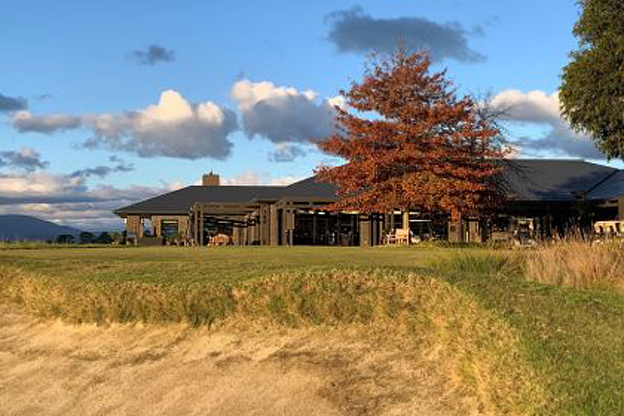Every summer brings the threat of bushfires. This year, summer is expected to be hotter than usual, and with that comes the increased risks not only in rural areas but across many parts of Australia.
The recent clubhouse fire at Eastern Golf Club in Yering, north-east of Melbourne, is a stark reminder of why businesses need to be prepared.
While the cause of the Eastern Golf Club fire was determined to be electrical, wind conditions saw that fire spread throughout the entire building, taking 80 personnel two hours to evacuate over twenty people and subdue the flames.
Designed by Greg Norman, the 27-hole course was constructed in 2015. Players remained on the course during the event, which gutted the state-of-the-art clubhouse, with damages estimated to be in the millions.
Fortunately, while ambulances were on hand, there were no health emergencies during the blaze.

The community was advised about the smoke in the area, which began dissipating after a couple of hours, but not before interrupting air traffic.
This year, the Australian and New Zealand National Council for fire and emergency services’ (AFAC) Seasonal Bushfire Outlook Spring 2023 comes with a strong warning to businesses and communities to prepare for the summer season now.
The Bureau of Meteorology forecast up to January 2024 is for higher than average temperatures across most of Australia, along with below average rainfall and stream flows. This, coupled with the above average rainfall last spring, increases the risk of bush fires significantly for many parts of Australia.
However, with a strong plan in place, businesses that have prepared well are far more likely to survive an extreme weather event.
Fire preparation and planning advice does change from state to state, but some general points are:
- Ensure an emergency plan is in place
- Ensure all staff have practised the plan
- Ensure enough staff are trained in first aid
- Ensure each site has an emergency kit including first aid and supplies for up to three days, and that staff know where the kit is located
- Review insurances, policies and finances
- Ensure off-site data backup or cloud storage, and save digital copies of key business documents
Other considerations, especially in bushfire prone areas, include planning for alternative power, access, supply chain interruptions and communications.
Planning for what will happen after a weather event and for long-term recovery is also important.
Having a solid plan in place will help reduce the impact and speed up recovery.
Above all, it is vital that businesses follow alerts and warnings from local authorities.
Rob Webb, CEO of AFAC said ‘Fire is a regular part of the Australian landscape in spring. Wherever you live, work or travel, now is the time to plan and prepare. Understand your risk, know where you will get your information, and talk … about what you will do.’
Templates for bushfire survival planning can be found on your state’s business site or local fire authority site.

